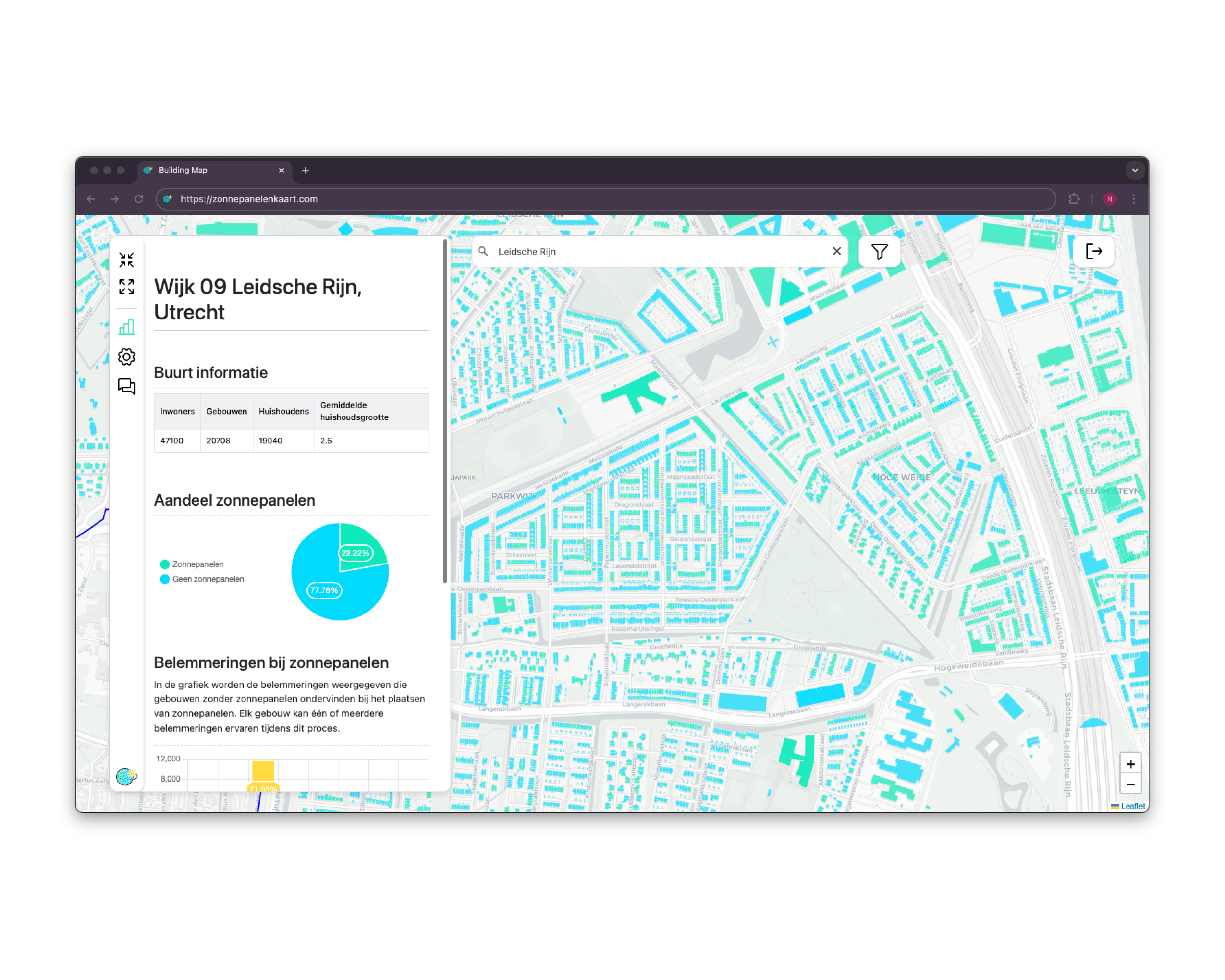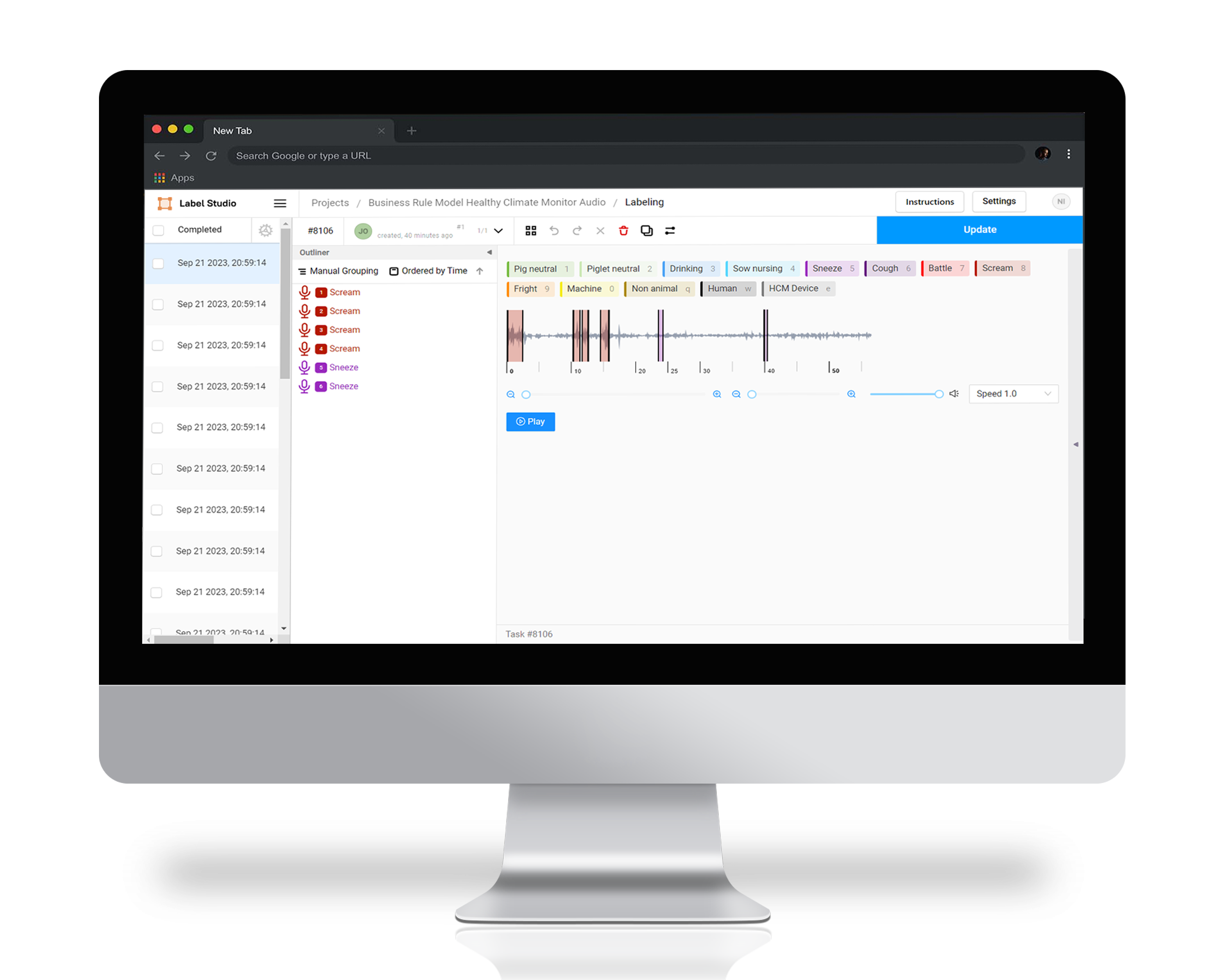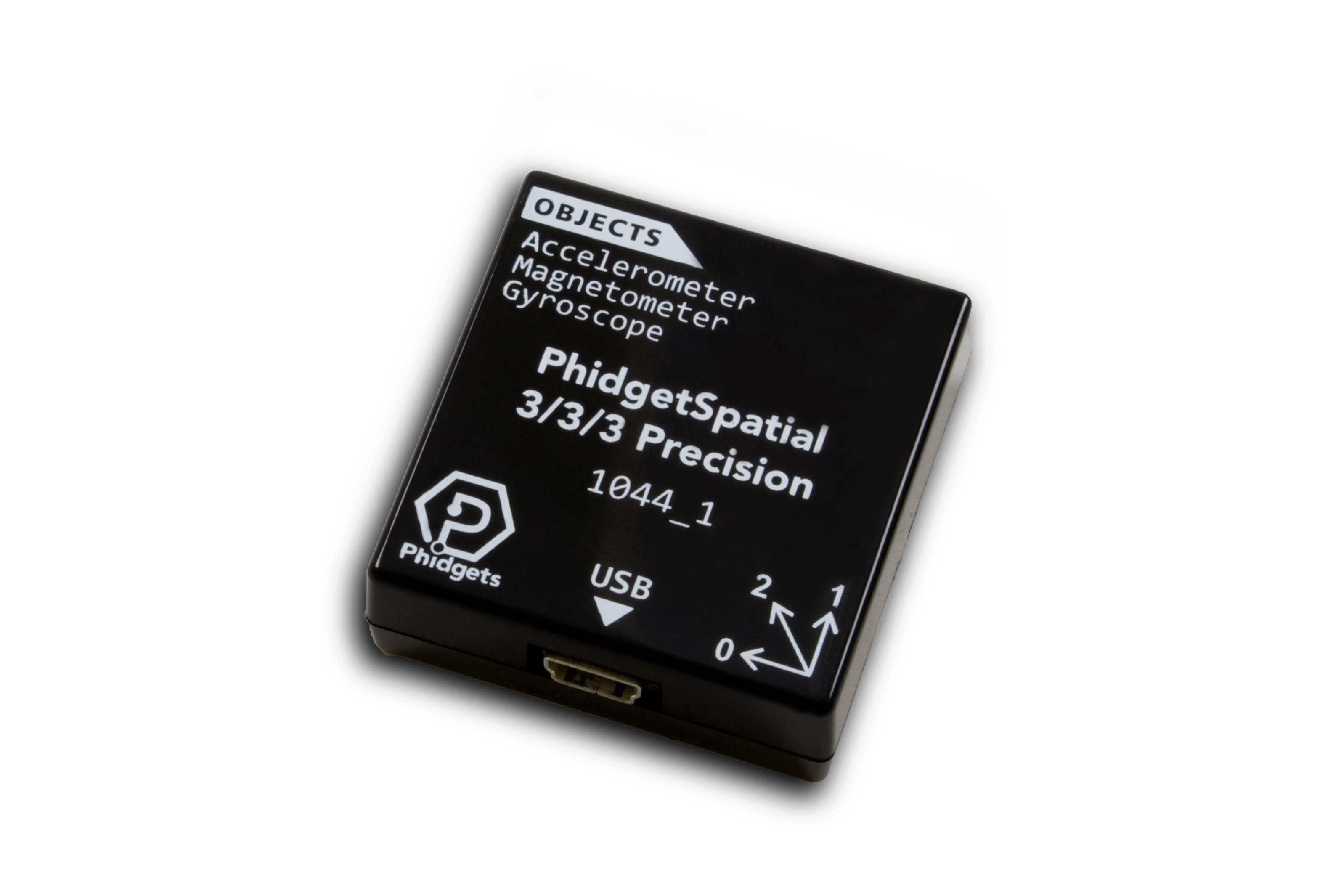Data Science in Action: Showcasing Our Innovation Gallery

Empowering the Green Energy Transition with Data Science: The Zonnepanelenkaart
With this project, we aimed to contribute to sustainable energy efforts by applying our data science expertise. We developed an AI model to identify solar panels in high-resolution aerial images, using computer vision techniques to map their locations down to the pixel level. After manually labeling 6 square kilometers of rooftop area, we created a high-quality dataset to train the model. We then scaled the process to cover the entire Netherlands, processing over 24 terabytes of data and building a web application to make solar panel coverage accessible and easy to explore.
The Dataset powering the zonnepanelenkaart
This dataset offers a unique opportunity to drive innovation and actionable insights in the green energy sector. Compiled from high-resolution aerial imagery and refined with pixel-level precision, it encompasses detailed solar panel coverage data across the Netherlands. Built from 6 square kilometers of meticulously labeled rooftop imagery and scaled to a nationwide scope, this 24-terabyte dataset empowers businesses, researchers, and policymakers to analyze solar energy potential with unmatched accuracy. Available for purchase, it’s the ultimate tool for anyone looking to accelerate the transition to sustainable energy with data-driven strategies.


Enhancing Animal Welfare through Sound Recognition
Enhancing the functionalities of the Healthy Climate monitor, a device implemented in livestock stables, led to the development of an automatic system for detecting various animal sounds to enhance animal welfare. The challenge of working with limited labeled data was addressed by creating an initial algorithmic method for preliminary screening of sound files. This pre-screening step streamlined the data labeling process, making it more efficient. Consequently, sound files with high potential are now readily identified and can be labeled by expert veterinarians. This labeling aids in the subsequent use of Deep Learning techniques for the automated recognition of specific animal sounds.
Analyzing Dust Particle Patterns in Animal Stables
Our project employs the Healthy Climate Monitor in animal stables to tackle the health hazards caused by dust accumulation. This hardware device continuously collects data on various environmental factors, including dust levels, CO2, temperature, and humidity. We aim to analyze these measurements to identify patterns, particularly focusing on dust levels. Using Time Lagged Cross Correlation analysis, we seek to understand how these factors influence dust levels over time. Ultimately, our goal is to improve the well-being of animals and humans in these environments.


Exploring Cost-Effective Seismic Detection
In a study conducted for TNO (Dutch Geological Survey), we explored the use of affordable accelerometers as alternatives to expensive geophones for seismic event detection. Employing a small-scale setup with four accelerometers, they tested various methods, including Time Difference of Arrival and neural network approaches, achieving notable accuracy in pinpointing seismic events. This research marks a significant step towards cost-effective seismic monitoring solutions.
Automated Detection of Broken Fences
In response to Capgemini's challenge to automate fence inspection for Indian farmers, a two-fold AI model was developed. The project involved gathering drone footage of fences, which was used to train a convolutional neural network (CNN) for fence segmentation. The second phase focused on assessing fence integrity, where a classification model, trained on labeled data of damaged and undamaged fences, accurately predicted fence status in about 90% of test cases. This proof of concept showcases the potential of AI in practical applications and offers an efficient tool for fence maintenance.


Road Intersection Simulation
In this project, a collaboration with road infrastructure leader Vialis was undertaken to analyze and simulate traffic flow at two key intersections in 's-Hertogenbosch. The task involved processing data provided by Vialis, including coordinates of sensors and traffic lights at these intersections, and real-time sensor data. The primary goal was to develop a dynamic simulation to gain insights into the intersections' functioning. The resulting proof of concept enabled Vialis to test various traffic light sequences and experiment with new intersection designs, serving as a versatile tool for future urban planning and infrastructure development.




